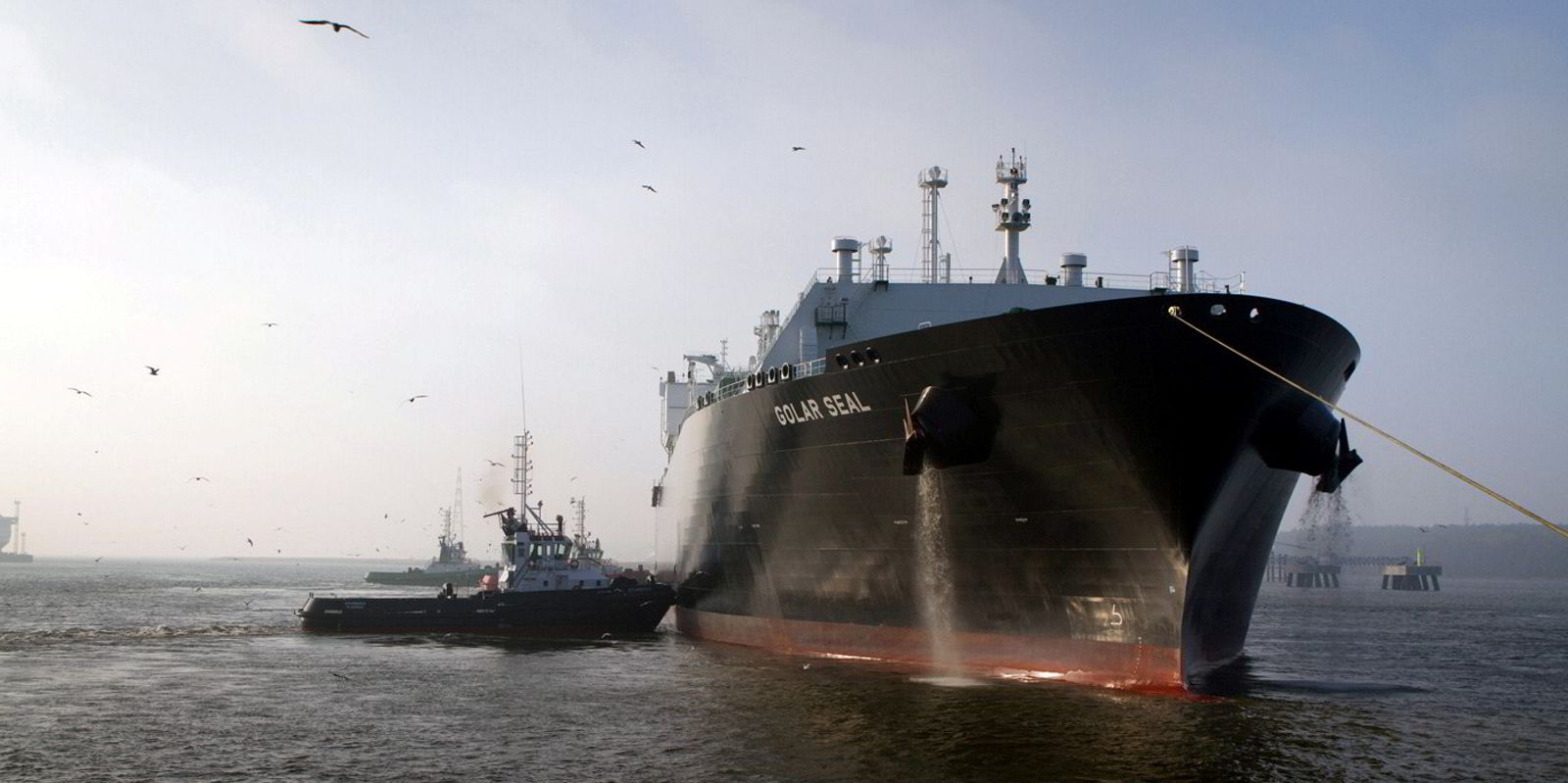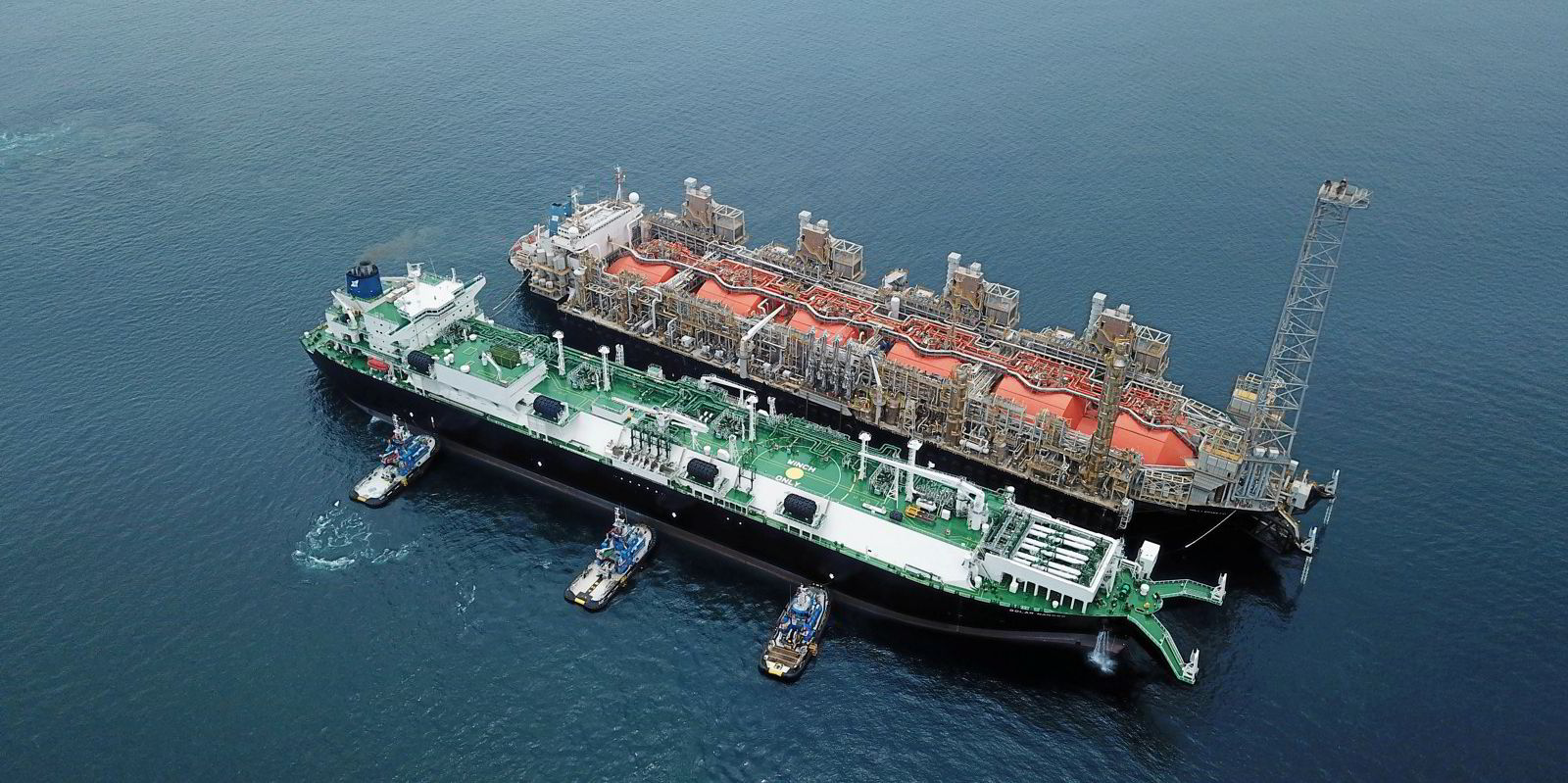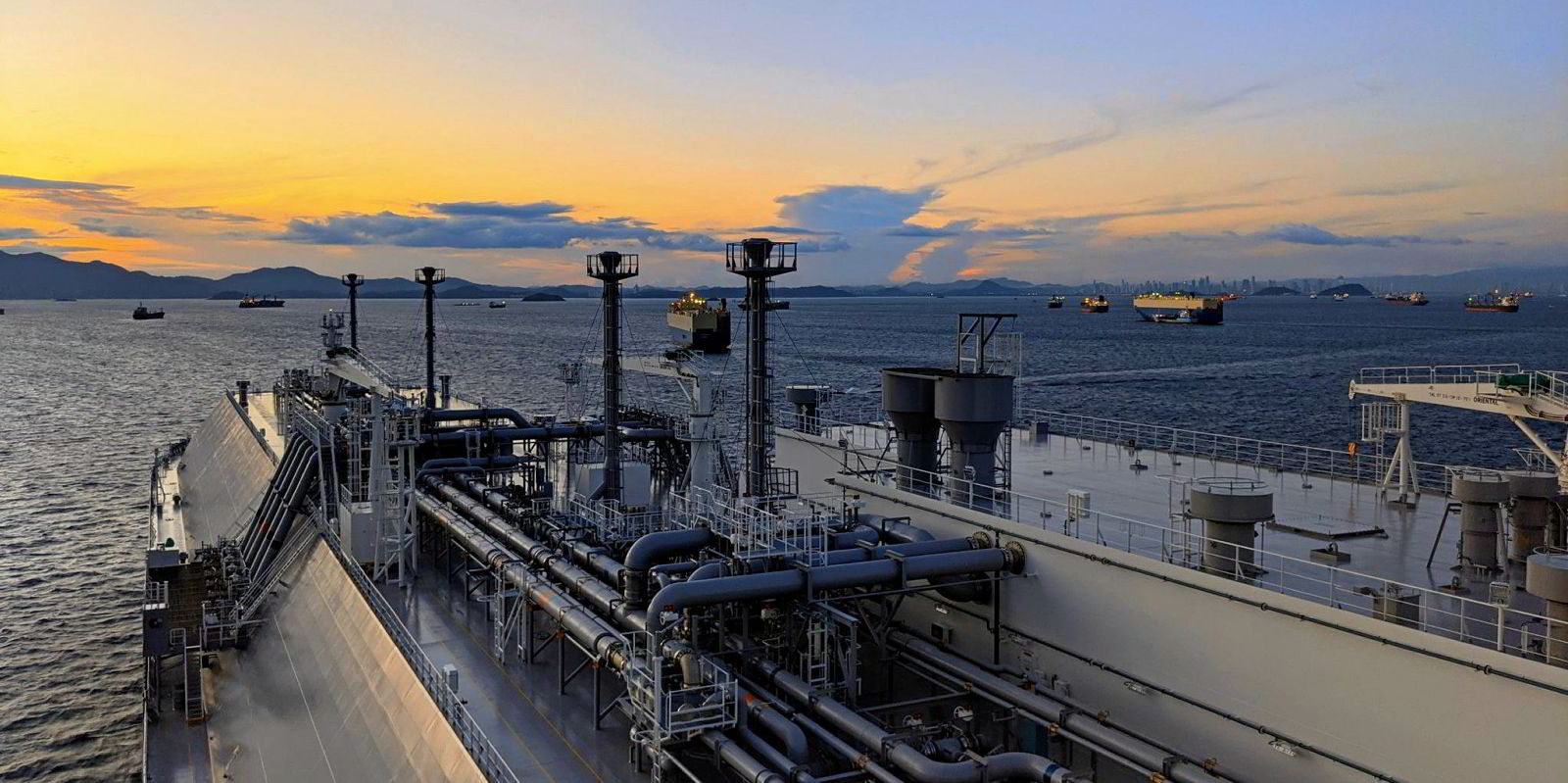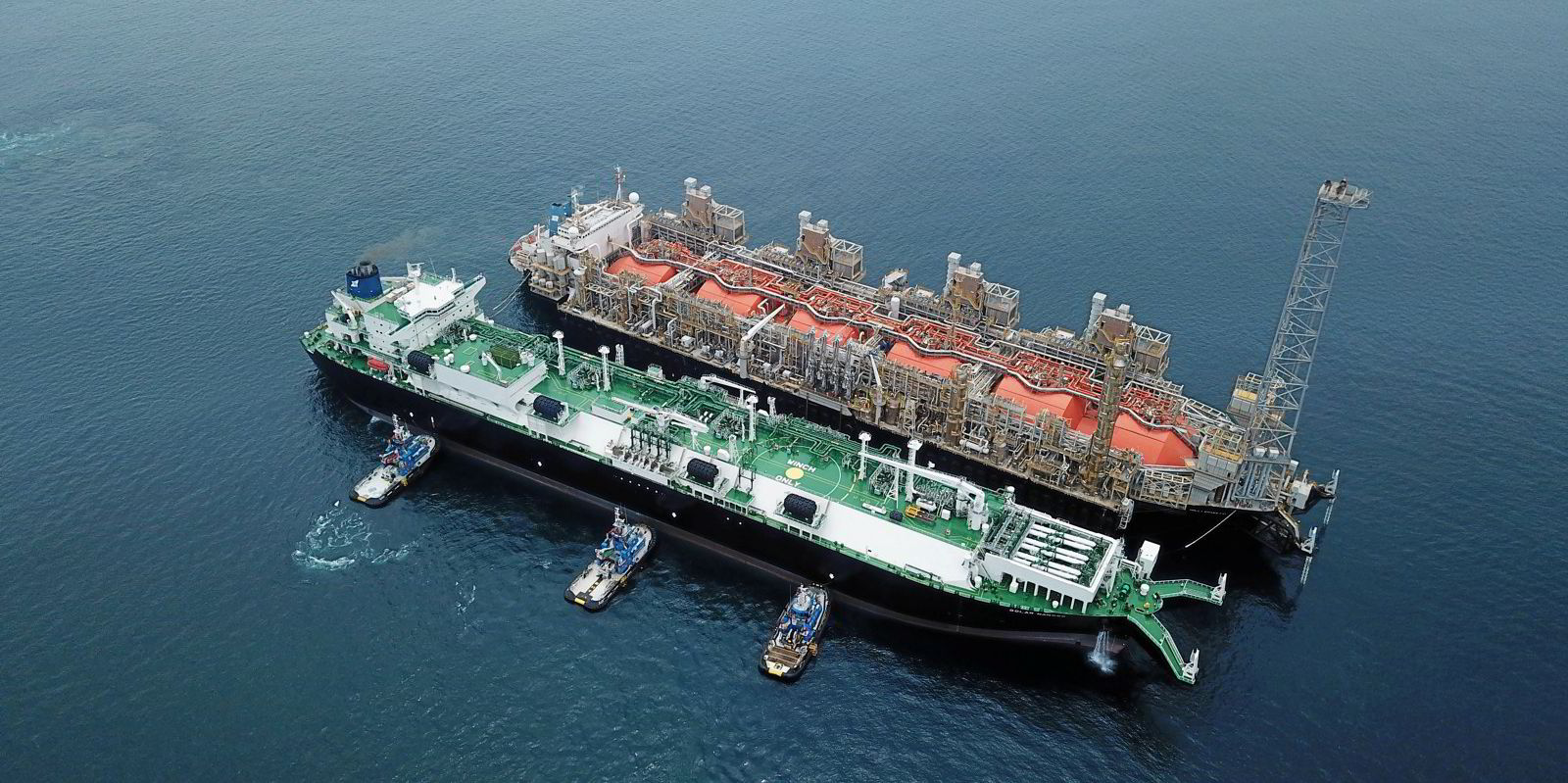Golar LNG believes the LNG shipping market is set on a positive track as demand increases and constraints to excessive newbuilding and the older fleet kick in.
The shipowner's new chief executive, Karl Fredrik Staubo, told TradeWinds that LNG shipping has been “extremely tough” for the past decade.
“What we see right now is extremely interesting, with counter-seasonal patterns on top of cyclical strength, and that’s what’s changed for the first time in a long time,” he said.
“The LNG market is here to stay and to increase, whether it’s a transition fuel or as a longer-term cleaner fuel. We are very confident that that is the case.”
Year of change
New York-listed Golar took on the bulk of its current fleet as newbuildings in 2013 and 2014.
In the interim, multi-year charters have mainly been offered to newbuildings and rarely to existing vessels, Staubo said.
But this year that changed.
In August, Golar announced it had locked away one of its vessels on a five-year deal.

Staubo said higher LNG prices and the regional differences between them are driving LNG freight rates, with price volatility adding to shipping action.
New US liquefaction capacity, coupled with incremental demand growth in Asia, is in effect doubling the shipping distance over US shipments to Europe.
We like LNG shipping and FLNG projects. Right now and for the next couple of years, we are very optimistic about both business segments.
Karl Fredrik Staubo
“We are bullish about LNG as a fuel because of its environmental effects and its flexibility. We are bullish about the shipping on the back of that because of incremental capacity being added further away from the incremental demand driving tonne mile distance,” he said.
Golar is also watching the LNG orderbook, which is currently about 20% of the fleet.
Staubo believes yard quotes of around $220m for a newbuilding, coupled with the expected challenges that will face the LNG steam turbine ships as they come off hire in the next 12 to 36 months, will put a lid on supply.
He reiterated his view that Golar fixed too many of its ships in 2020 in the face of the global pandemic.
It is now signalling that those vessels will come off hire into a hotter market where it hopes to reset their rates.
“We have a portfolio approach,” he said. “We want to have part of the vessels fixed, part of them spot and on floating rates.”
Golar has been vocal about its interest in spinning off its LNG shipping into a separate entity.
The sell-off of its downstream assets with the sale of Hygo Energy Transition and Golar LNG Partners to New Fortress Energy this year has simplified Golar’s structure into LNG shipping and floating LNG (FLNG).
But Staubo said company executives have not said they are sellers of LNG shipping.
“What we said is that we are opportunistically looking at ways of separating our shipping and FLNG business as we struggle to get an efficient currency for Golar’s share price by keeping different LNG exposures in one company,” he explained.
“We like LNG shipping and FLNG projects. Right now and for the next couple of years, we are very optimistic about both business segments. However, we do not necessarily think that the most efficient way for us to maintain that exposure is by keeping them both under the same roof.”

He said the company is open to discuss alternatives to separate shipping but does not need to do anything. “For those that think that's interesting, they should reach out to us, and vice versa.”
Staubo would not rule out investing in LNG shipping again, but said the company’s current incremental dollar goes to FLNG and upstream, where it believes it has the edge.
'Congratulations'
“I think we are doing a good job on shipping — but, to be fair, so are others,” he said.
“If I could choose to do one FLNG project or buy another five to 10 [LNG] carriers, I would very likely do the FLNG project, because we see the economics as superior.”
Looking ahead, Staubo thinks that on average the LNG shipping fleet will make more money this winter than last.
He believes LNG shipping is moving from an industrial business into a commodity play with more spot cargoes, growing demand and geographical disparities.
“We think this is shaping up to hopefully reap the benefits for those who have been patient enough to wait it out. And for those who avoided waiting and managed to get in just now — congratulations.”







